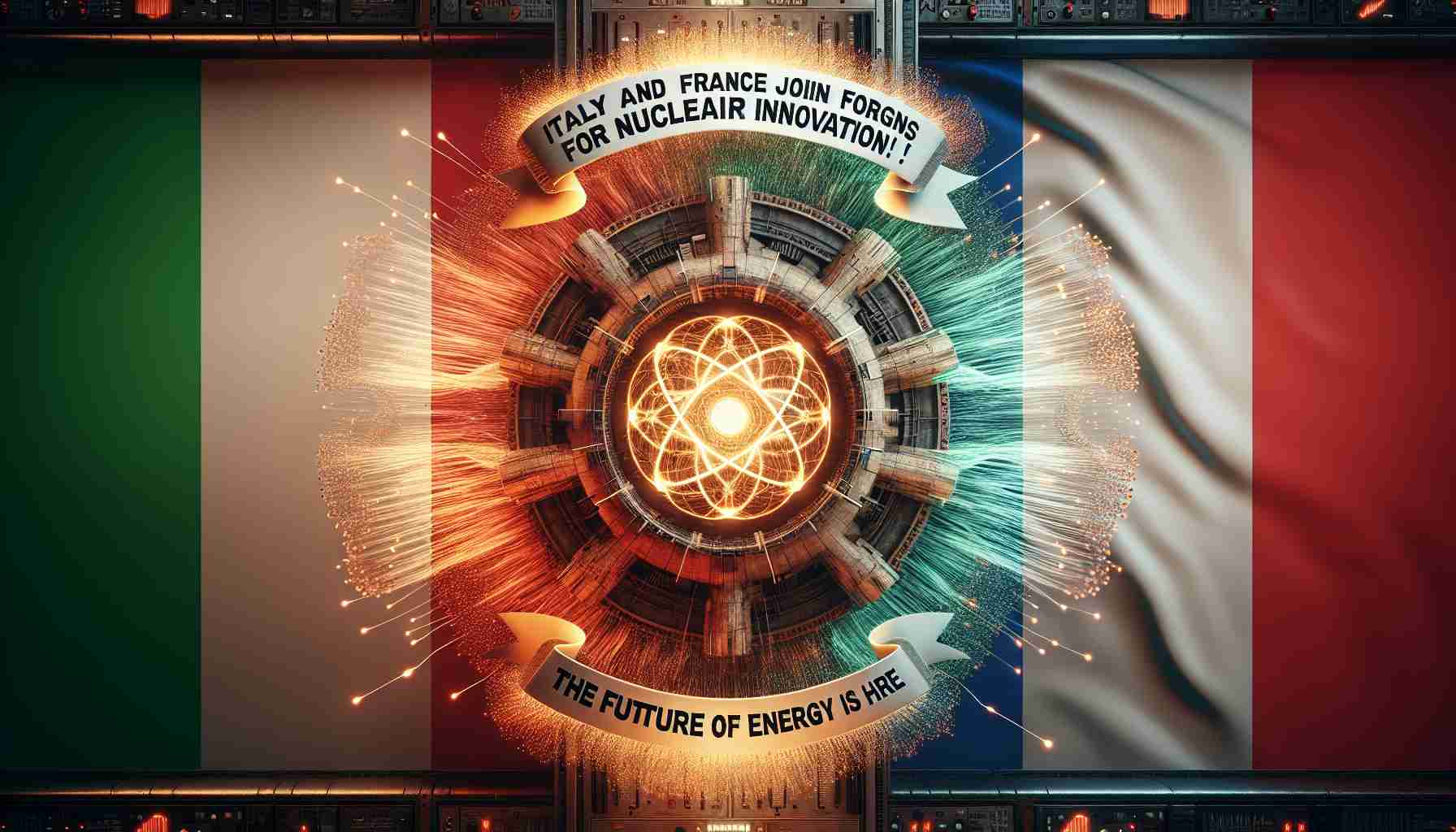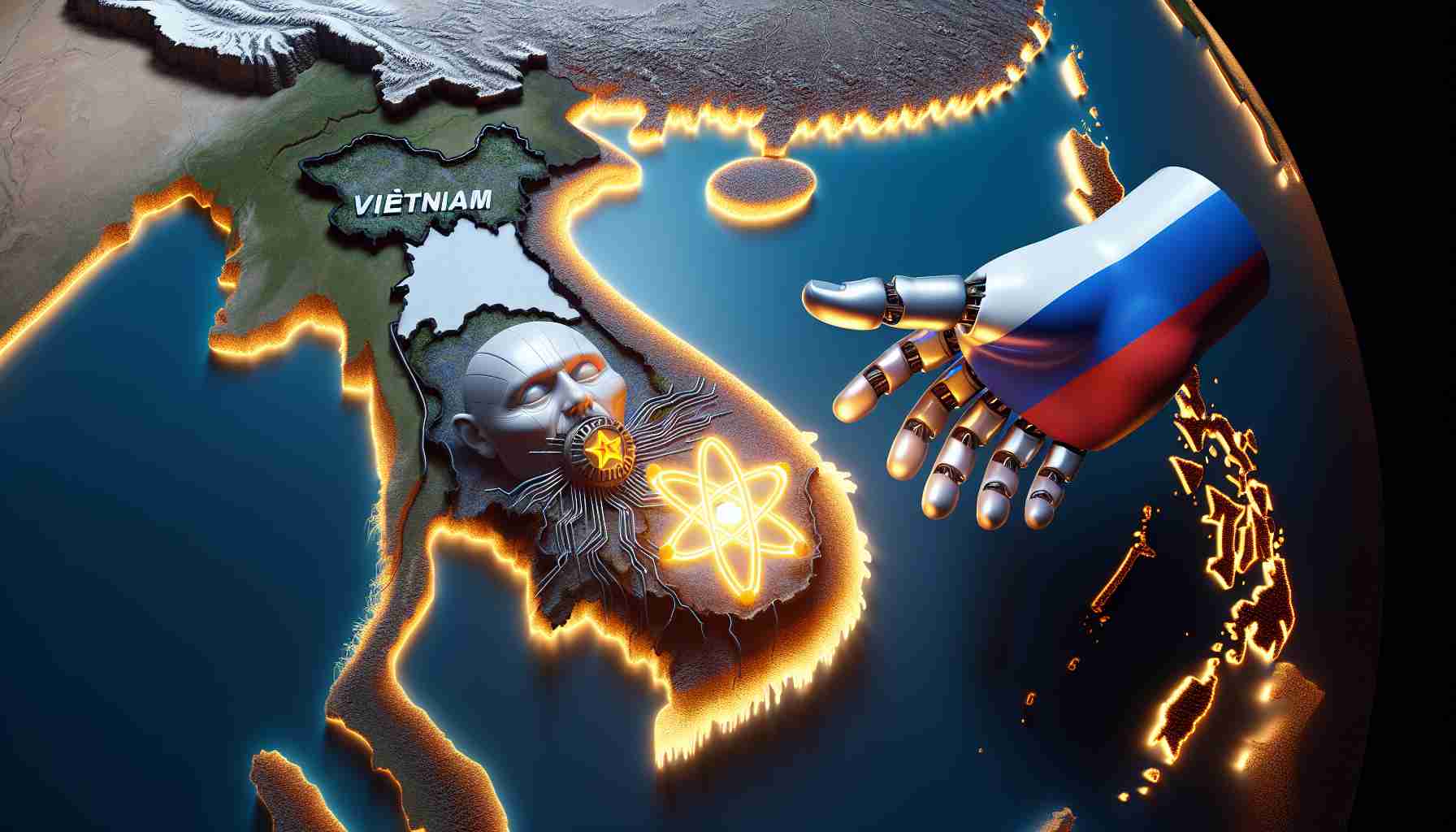Overview of Upcoming Changes
On October 31, the U.S. Nuclear Regulatory Commission (NRC) plans to unveil its proposed regulations for a new licensing mechanism aimed at advanced nuclear reactors. This rule, known as 10 CFR Part 53, is designed to be more adaptable and risk-informed compared to previous frameworks and is projected to save the industry $53.6 to $68.2 million per licensing applicant.
Background on Regulatory Reform
The impetus for these changes stems from the Nuclear Energy Innovation and Modernization Act enacted in early 2019, which mandates a completion of the Part 53 rulemaking by the end of 2027. Despite minor delays, experts anticipate that the NRC will meet this deadline comfortably.
Most notably, the proposed rule will eliminate a previously suggested dual regulatory framework, thus simplifying compliance for future nuclear projects. The NRC identified that the earlier model could cause confusion due to overlapping guidelines. Removing stringent quantitative health objectives aims to provide applicants with greater flexibility in demonstrating safety while still adhering to essential standards.
Impact on Future Projects
This revised approach allows reactor developers to propose their risk metrics rather than conforming to a fixed set of rules. As companies like Oklo and TerraPower pursue their initial projects through existing pathways, the hope is that Part 53 can evolve into a more efficient and broadly applicable regulatory framework.
A public comment period will commence following the proposal’s publication, allowing stakeholders to contribute their insights before the NRC finalizes the rule.
New Nuclear Regulations: A Game Changer for Energy Innovation
Impact on Communities and Job Markets
The proposed changes by the U.S. Nuclear Regulatory Commission (NRC) are poised to reshape not only the nuclear industry but also the surrounding communities and job markets. By simplifying the licensing process through the anticipated 10 CFR Part 53 regulations, nuclear companies may ramp up development in regions previously hesitant to embrace nuclear energy. As new plants are proposed, local economies could witness an influx of jobs—ranging from construction roles to long-term positions in plant operations and maintenance.
Regional Economic Boost
Communities near advanced nuclear reactors may experience significant economic revitalization. According to studies, new nuclear projects can create thousands of jobs during construction phases and hundreds of permanent roles once operational. Each nuclear facility often spurs ancillary businesses, including suppliers, service providers, and local contractors, which could greatly enhance the economic landscape of these communities. In areas struggling with economic downturns, the arrival of a nuclear facility can be seen as a beacon of hope.
Controversies and Public Perception
Despite the potential economic benefits, the proposed changes do not come without controversy. Many community residents are wary of the safety implications tied to nuclear energy. The catastrophic events at Chernobyl and Fukushima continue to weigh heavily on public sentiment, leading to increased scrutiny of nuclear policies. Critics argue that relaxing safety regulations could potentially endanger nearby populations, sparking debates about whether the benefits outweigh the risks.
How can authorities ensure community safety while promoting these projects? Transparency in communication and rigorous safety measures must be emphasized. Engaging local populations through informational campaigns could help alleviate fears surrounding nuclear safety and bolster public support.
Environmental Considerations
Another factor to consider is the environmental impact of nuclear energy. Nuclear power is often portrayed as a cleaner alternative to fossil fuels, significantly reducing greenhouse gas emissions. However, questions about waste disposal and the ecological consequences of potential accidents remain central to discussions about nuclear energy. Will the advent of advanced nuclear technologies provide solutions to these concerns? Proponents argue that newer reactors are designed with improved safety features and waste management systems, potentially mitigating environmental impacts.
Energy Independence and Innovation
The NRC’s initiative also underscores efforts towards achieving energy independence. As nations increasingly focus on maintaining stable energy supplies, advanced nuclear reactors could provide an efficient and reliable energy source. Additionally, collaborations between private companies and research institutions could foster innovations that enhance reactor performance and safety.
What does this mean for the future of energy in the U.S.? The combination of deregulation and technological advancements could ultimately create a competitive landscape in the energy sector, potentially leading to reduced energy costs for consumers.
The regulatory changes proposed by the NRC are a testament to the evolving nature of the nuclear energy sector. As stakeholders prepare to weigh in during the upcoming public comment period, the outcome will significantly affect the future of nuclear projects and their implications for communities, economies, and the environment.
For more insights on nuclear energy topics and how advancements in this field may reshape our future, visit nrc.gov.
The source of the article is from the blog smartphonemagazine.nl



